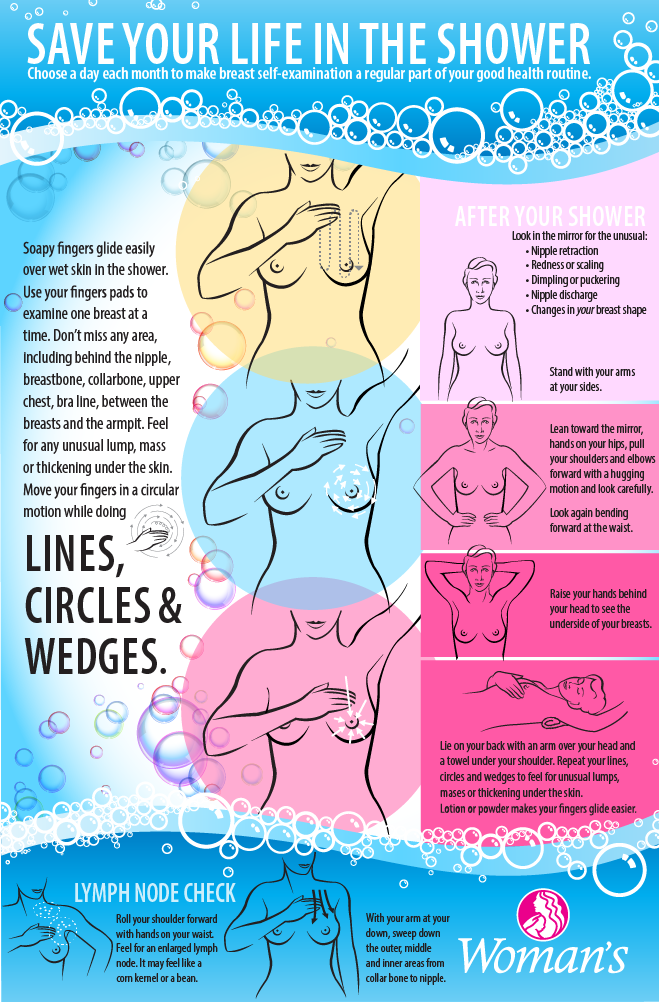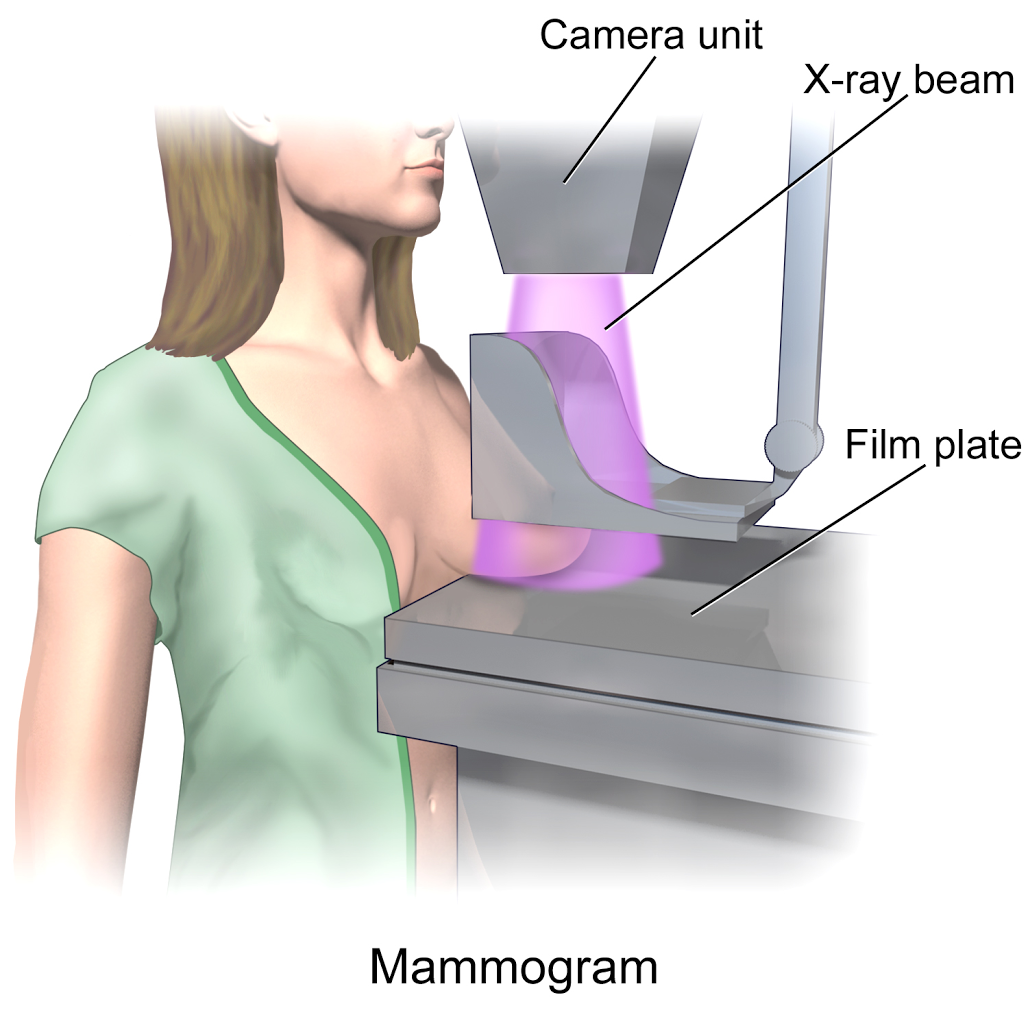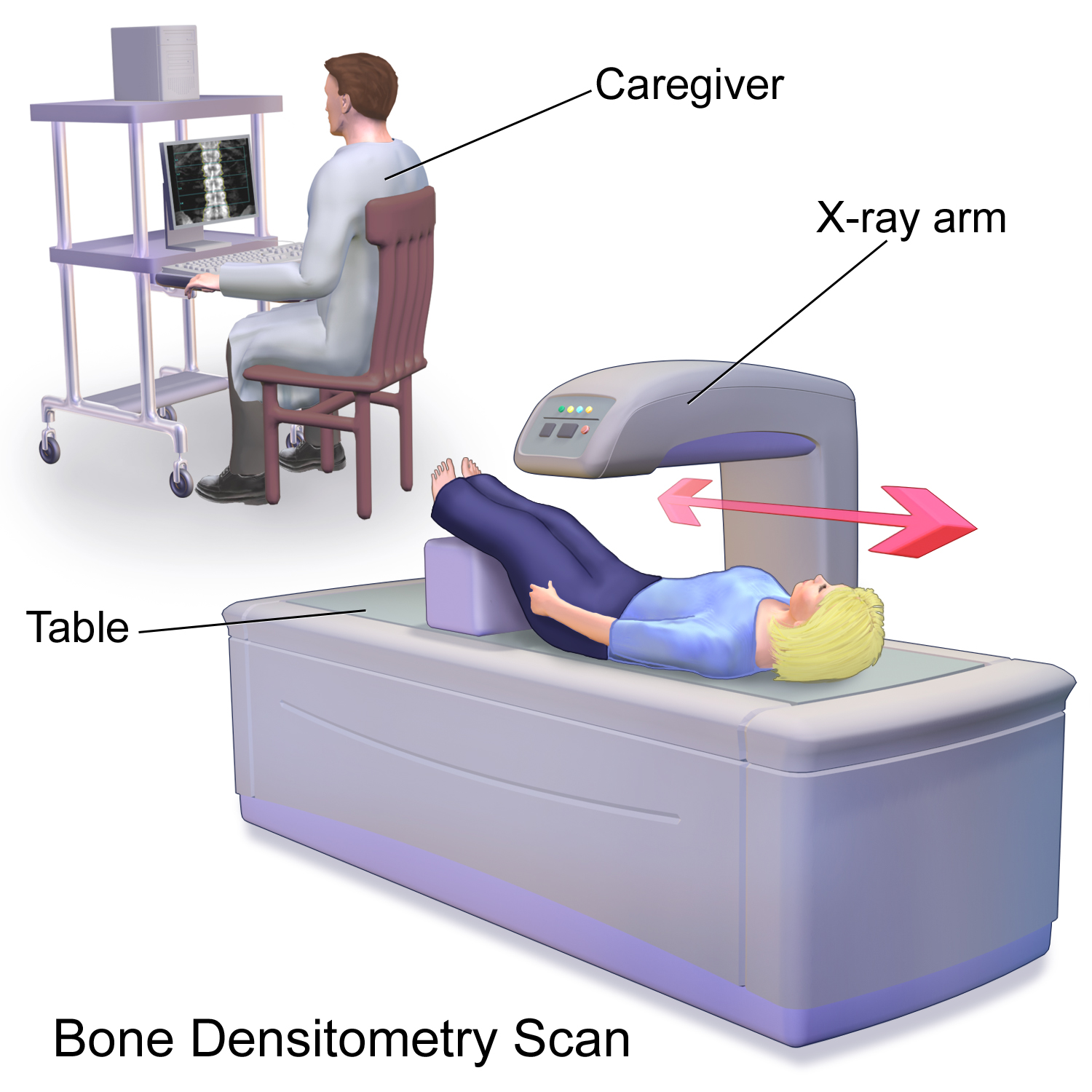No matter how fast medicine moves us towards treatments, preventive medicine will always be the most effective and cheapest way to keep healthy. In this post, we’ll run down some common women’s health screening tests, when you should get them, and what you’re in for when you walk in. (If you’re looking for the same information for men, we’ve covered that here.)
The key word here is recommendations. These are not rules; they’re guidelines aimed at women with average risk (which means no relevant personal or family medical history.) Since there’s some bickering among experts as to which tests are appropriate at what age, each of the recommendations below is informed by a combination of the American Congress of Obstetrics and Gynecology (ACOG), the American Cancer Society (ACS), the US Preventive Services Task Force (USPSTF), the American College of Radiology (ACR), and the American College of Physicians (ACP).
Also, keep in mind that this list does not include things checked during your annual primary care visit (blood pressure, cholesterol, blood sugar, urinalysis, abdominal circumference, physical exam, etc) or behaviour related screenings (STIs, lung cancer, etc). Those tests are all absolutely critical to maintaining your health as well: Don’t skimp on them just because you think heart disease doesn’t seem as scary as colon cancer.
As always, final decisions about your personal care should be made after a conversation between you and your physician. Not after a quick perusal of the internet.
Manual breast exams

What is it?
The manual breast exam looks for signs and symptoms of a number of breast problems, including cancer. There are two types: clinical breast exams (CBE) are performed by your doctor; breast self exams (BSE) are done at home. The goal is to identify signs early on so you can catch any problems before they progress.
Your doctor starts by checking your breasts for rashes, skin dimpling or other abnormal changes. Once the visual check is done, they use the pads of their fingers to physically examine (palpate) your breast, underarm and under your collarbone for lumps or abnormalities in your breast tissue and lymph nodes.
What does it feel like?
Like someone is kneading your breast and moving your arms around as if you’re a wax figure. Not painful, but awkward in that where am I supposed to be looking right now? kind of way. Also, doctors usually have cold hands.
When should I get it?
The ACS does not recommend clinical breast exams. ACOG, on the other hand, recommends them every 1-3 years for women 25-39, and annually for women over 40.
Many doctors follow the ACOG guidelines and start including a bonus breast exam as part of your routine healthcare visit in your early teens. There’s nothing wrong with that, but research suggests that it can result in a high number of false positives (incorrectly identifying a problem where there is none). Breast cancer is exceedingly rare for women in their 20s; ACS argues that early CBEs may lead to unnecessary additional testing and procedures (not to mention anxiety).
In the past, women were told to perform monthly self-exams, which for most of us meant a half-hearted poke on no particular timeline. ACOG and ACS are on the same page with this one, citing research that suggests no difference in mortality between women who perform BSEs and those who do not. Doctors now recommend that you practice “breast self-awareness.” Breasts come in all shapes, sizes and consistencies; know your personal normal.
Mammograms

What is it?
A mammogram is an X-ray of your breast, designed to detect breast cancer. They can be done as a screening (for women who don’t have other symptoms) or a diagnostic (for a woman with signs/symptoms of breast disease or a lump). It is the only imaging technique shown to reduce breast cancer mortality.
What does it feel like?
I haven’t had the pleasure yet, so I crowdsourced this question on mammograms. The most common response was “like your breast is in a vice.” General consensus is that the 10-15 minute test is definitely unpleasant, but less so than breast cancer.
When should I get it?
This one’s a bit complicated, with organisations releasing contradictory press releases and op-eds trying to discredit one another over mammogram screening guidelines.
According to the Society of Breast Imaging, the ACR, and ACOG, asymptomatic women of average risk should be screened annually beginning at age 40. A few years ago the ACS recently changed their guidelines to recommend yearly mammograms from the age of 45-54 and every two years after that. Those screenings should continue as long as you’re expected to live 10 years or longer.
BRCA test

What is it?
Also known as the Angelina Jolie test, a BRCA test looks for genetic mutations that may increase a woman’s risk of developing breast cancer.
What does it feel like?
It’s a blood test, so it feels like a needle prick.
When should I get it?
Rates of the mutation are very low in the general population (less than 0.3 per cent) and routine screening is not recommended for all women. For those with a family history of breast, ovarian, tubal or peritoneal cancer, the USPSTF recommends genetic counseling and, if desired, BRCA testing after the age of consent (18 years). The FDA and CDC both caution against the use of home screening tests.
Pelvic examination
What is it?
The pelvic exam is the physical exam portion of your visit to the gynecologist. In addition to checking your general reproductive health, doctors assess your organs, looking for signs of health conditions including cysts, fibroids and STIs.
The pelvic exam includes an external examination and a bimanual examination. During the bimanual exam, two fingers are inserted into your vagina to assess your cervix. The doctor will also examine your uterus, ovaries and fallopian tubes by pressing down on your abdomen. Depending on your doctor, they may also perform a rectovaginal exam (one finger is inserted into the rectum during exam). This allows a more complete picture of your anatomy, including the position of your uterus and assessment of the rectum.
What does it feel like?
Pretty much exactly like it sounds. Your doctor inserts fingers into your vagina and applies pressure to your lower abdomen. It’s not exactly a life highlight, but should not be painful. Generally you will stare at the fluorescent lights while awkwardly making small talk with the person feeling your internal genitalia. In part of a running theme, if the speculum is metal, it might be cold. Sometimes your doctor will warn you; sometimes it will be an unwelcome surprise.
When should I get it?
As with many of these guidelines, it depends on who you ask.
The American College of Obstetrics and Gynecology (ACOG) recommends annual pelvic exams beginning at age 21. Their conclusions are based on the expert opinions of physicians in the field, but the college acknowledges that there is no definitive scientific data on the need for an annual pelvic exam for asymptomatic women.
The American College of Physicians (ACP) examined the current medical research on routine pelvic exams and concluded there is limited benefit to routine annual exams for asymptomatic, non-pregnant women.
Both organisations agree that pelvic examinations for women younger than 21 are only recommended when the medical history indicates a specific need. An annual visit to your gynecologist is still recommended for STI screening, general reproductive health counseling, and birth control as needed.
Pap Smear
What is it?
Although the pap smear was first developed in the 1920s, it didn’t gain real traction until decades later. At the time, cervical cancer was the number one cause of death in women. With the advent of pap smears as a standard of women’s health and improved cancer treatments, death rates decreased dramatically. Today, the pap smear (or, more commonly, “pap”) is considered one of the most critical screening tests for women. It aims to identify any cervical changes in the precancerous stage, before they develop into cervical cancer. It does not test for HPV infection. In 2012, a co-screening blood test for the human papilloma virus itself — the cause of nearly 90 per cent of cases of cervical cancer — was incorporated into the guidelines.
For the test, a speculum is inserted into your vagina to give the doctor visual and physical access to your cervix. Your gynecologist will use a small spatula and brush to take a sample of your cervical cells. These scrapings are stained and examined under a microscope to look for dysplastic changes — in other words, to see if any of the cells are growing abnormally.
What does it feel like?
Not surprisingly, the pap is uncomfortable because your legs are up in stirrups and you are being propped open by a cold piece of metal (or plastic) while someone stares at your genitals. The test itself feels somewhat akin to having something dragged across your cervix for a few seconds (which is exactly what’s happening). The discomfort is fleeting.
When should I get it?
In the past five years, guidelines have changed to recommend less frequent screenings.
The current American College of Obstetrics and Gynecology (ACOG) recommendations, updated in 2012 and consistent with the ACS and USPTF, are:
- Age 21-29: every 3 years
- Age 30-65: every 3 years or every 5 years with HPV co-screening
- Age 65+: dependent on prior history
Why the change to screening later and with less frequency? The virus is extremely common in young women and, most importantly, many of the strains are handily taken care of by your immune system. HPV infection in a young, sexually active woman will likely self resolve without treatment.
There are vaccines — Gardasil and Cervarix — that protect against the cancer and genital wart causing strains of HPV. While earlier vaccination is ideal (it is recommended after age 11), the vaccine is recommended for women through the age of 26. This is a vaccine that prevents cancer. If you are eligible and haven’t had it, go get it.
Colorectal cancer screening
What is it?
Most people associate colorectal cancer screening with colonoscopies — a multipurpose test that can screen for colorectal cancer, ulcers, polyps and bleeding. There are actually a few methods of testing for colorectal cancer, each with a different screening recommendation. The unique advantage of the colonoscopy is that it visualizes the entire colon and allows for tissue sampling and removal of polyps as appropriate.
There are also several screening tests that look for blood in the stool, a possible sign of colon cancer.
What does it feel like?
As for the mammogram, I had to outsource this question. For the colonoscopy and sigmoidoscopy prep, the almost universal responses were, “I don’t want to talk about it. There’s just so much poop.” For the colonoscopy itself, most people are sedated so you will have no memory of the experience. Because the sigmoidoscope does not travel as far up the digestive tract, patients are awake through that procedure. This was described “like someone is snaking a pipe…only it’s your rectum.”
For the faecal occult blood screening test (FOBT), your doctor will insert one finger into your rectum and test for blood. This feels exactly as it sounds. For the faecal immunochemical test (FIT), you will collect samples of your own stool. This is painless, but kind of gross.
When should I get it?
ACS recommends four screening options for low risk women. In all cases, if a test is positive, further exam via colonoscopy is required. Doctors recommend screening beginning at age 50 or age 45 for African Americans. Patients can choose between a colonoscopy every 10 years, a flexible sigmoidoscopy every 5-10 years, CT colonography every five years, or double contrast barium enema every five years. The American College of Gastroenterology (ACG) emphasises that their preferred screening test for polyps and cancer is a colonoscopy.
For detection of cancer, ACS recommends either a Guaiac-based faecal occult blood test or faecal immunochemical test test every year or a stool DNA test every three years. Based on research suggesting FIT to be a superior test, it was adopted as the preferred cancer detection test by the ACG.
Bone mineral density screening

What is it?
Osteoporosis is a condition in which bones lose density and weaken, making them brittle and more likely to fracture. It is a common consequence of decreased estrogen levels during menopause. It’s also significantly more common in women, with one in two post-menopausal women at risk for an osteoporosis related fracture. That’s where the bone mineral density screening comes in.
Bone density is measured by an x-ray that determines the level of calcium and other minerals in your bones. Specifically, it is a dual energy x-ray absorptiometry (DXA) machine, which reveals more than a standard x-ray. Although screening is also possible by an ultrasound of your calcaneus, or heel bone, diagnosis and treatment standards are based on DXA findings.
What does it feel like?
The bone density test is an x-ray, typically of your hip and spine. You lie on a table and a technician will manipulate a machine to point at different parts of your body. It is painless. Unlike almost every other preventive test on women, this time you get to keep your clothing on.
When should I get it?
The USPSTF and ACOG recommend screening for women age 65 and older with no previous fractures or secondary causes of osteoporosis. There is no conclusive evidence on screening intervals for osteoporosis, though. ACOG recommends screening every 15 years for women with a prior normal bone density scan.
Women younger than 65 should be screened if their fracture risk is equal to or greater than that of a 65 year old woman.
Regular screening and early treatment remains your best bet for reaching (or outliving!) the average American lifespan of 78.74 years (if you don’t live in the US, your average life expectancy can be found here.)
Beyond these, talk to your primary care physician or health care provider. There may be local or community programs that can help find affordable or free resources for these screenings as well.
This article was originally published in May 2016 and updated in September 2020 to update information, replace dead links and align the content with current Lifehacker style.

Leave a Reply
You must be logged in to post a comment.